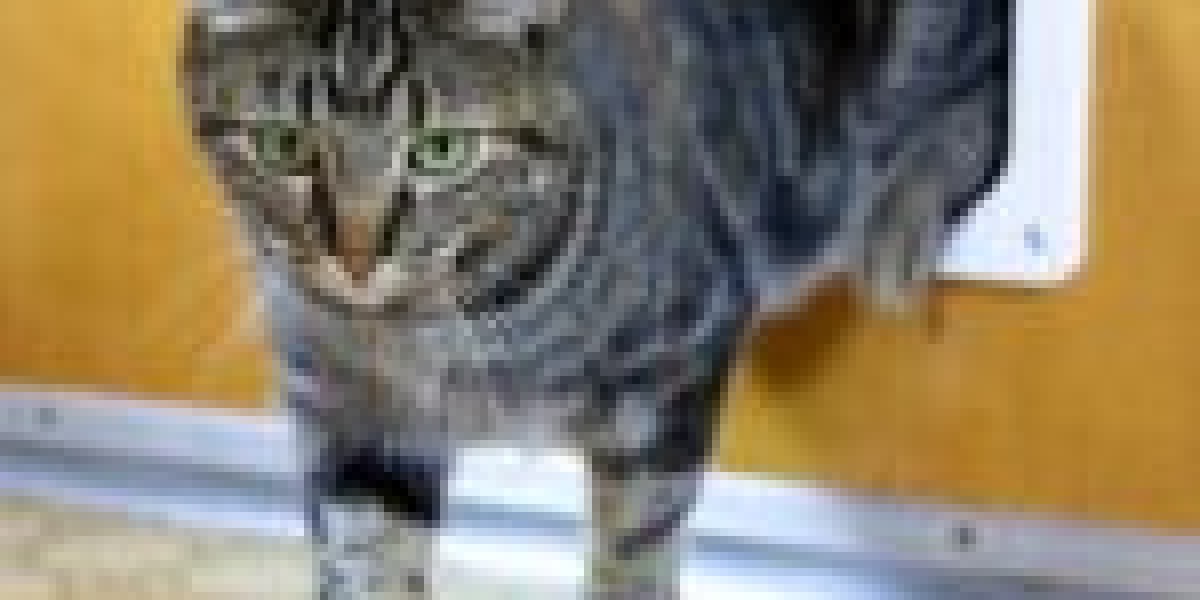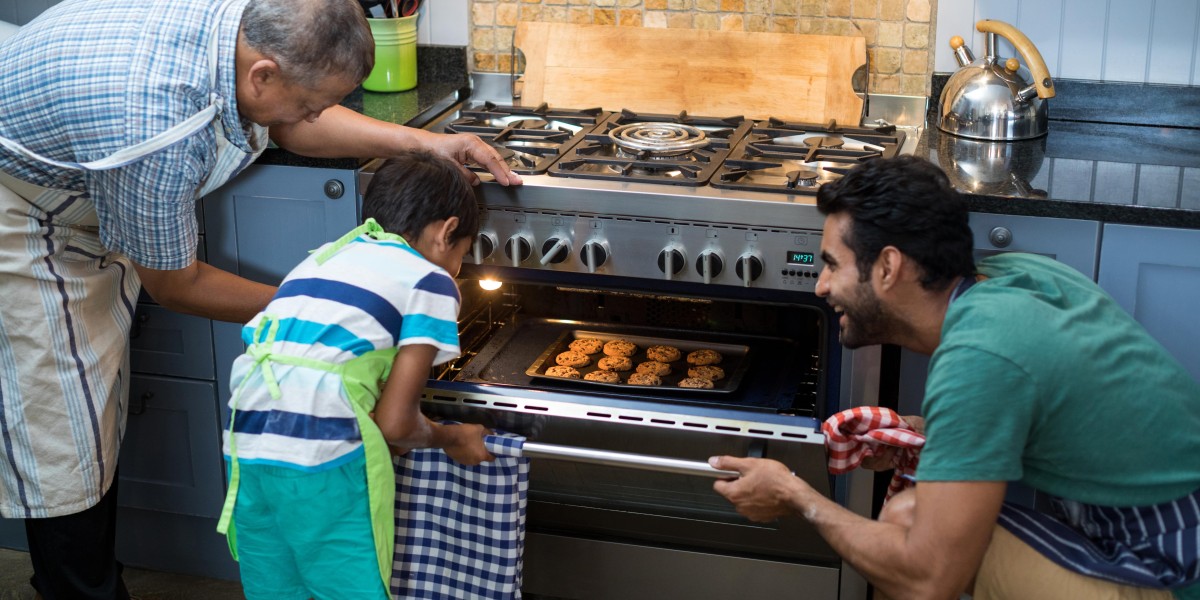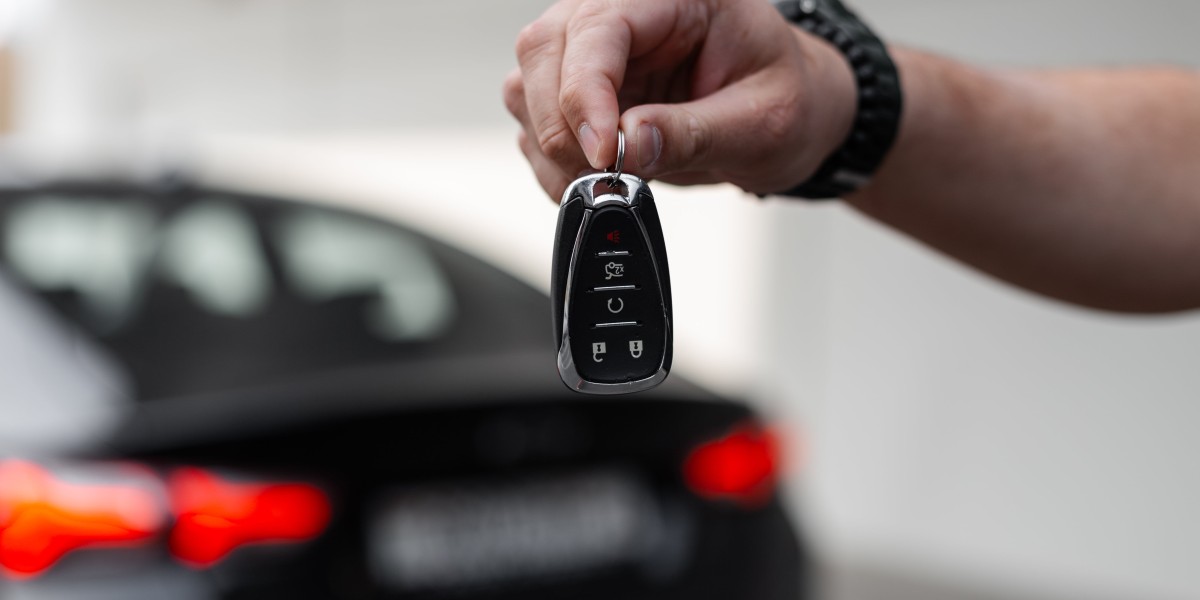The Ultimate Cat Flap Installation Guide: A Step-by-Step Approach

As a Free Cat Flap Installation Quote owner, providing your feline good friend with the liberty to come and go as they please can be a liberating experience for both you and your pet. One of the very best ways to accomplish this is by installing a cat flap. Not only does it approve your cat access to the terrific outdoors, but it likewise eliminates the requirement for constant guidance and door-opening tasks. In this detailed guide, we will stroll you through the process of cat flap installation, covering the necessary tools, materials, and considerations.
Picking the Right Cat Flap
Before diving into the installation process, it's important to pick the best cat flap for your requirements. Consider the following factors:
- Size: Cat flaps can be found in numerous sizes to accommodate different types and door types. Procedure your door and your cat to make sure a comfy fit.
- Product: Choose from plastic, metal, or magnetic flaps, each with its own benefits and drawbacks.
- Insulation: Consider a cat flap with built-in insulation to reduce heat loss and avoid drafts.
- Security: Opt for a flap with a secure locking system to prevent unwanted visitors.
Some popular kinds of cat flaps include:
- Manual cat flaps: Simple, cost-efficient, and easy to install.
- Magnetic cat flaps: Provide a more secure seal and can be set to open and close automatically.
- Electronic cat flaps: Feature advanced functions such as microchip acknowledgment and programmable timers.
Tools and Materials Needed
To make sure a successful installation, gather the following tools and materials:
- Cat flap: The actual flap and its elements, such as screws, hinges, and a lock.
- Drill and bits: For making holes and driving screws.
- Saw or craft knife: For cutting through doors or walls.
- Sandpaper: For raveling the installation location.
- Sealant: For filling spaces and making sure a weather-tight seal.
- Weatherproofing products: Such as foam tape or weatherstripping.
Step-by-Step Installation Guide
- Choose the installation location: Ideally, the cat flap need to be set up in a door or wall that offers direct access to the outdoors.
- Procedure and mark the door: Use a pencil to mark the center point of the cat flap on the door.
- Cut a hole: Use a saw or craft knife to develop a hole in the door, following the manufacturer's guidelines for shapes and size.
- Attach the cat flap: Use screws and hinges to secure the cat flap to the door, making sure proper alignment and a smooth operation.
- Add a lock: Install the lock according to the maker's guidelines, making certain it's secure and tamper-proof.
- Weatherproof the location: Apply sealant and weatherproofing products to prevent drafts and moisture entry.
- Test the cat flap: Ensure the flap opens and closes efficiently, and the lock is operating properly.
Tips and Considerations
- Pick the right door: Avoid installing a cat flap in a door that's exposed to harsh weather condition conditions or excessive wear and tear.
- Think about the cat's convenience: Position the cat flap at a comfy height for your cat, and ensure the surrounding location is clear of obstacles.
- Protect the flap: Regularly check and preserve the cat flap's locking system to avoid undesirable visitors.
- Keep it tidy: Regularly clean the cat flap to prevent dirt and particles accumulation.
Often Asked Questions
- Q: Can I set up a cat flap maintenance flap in a wall?A: Yes, but it might need additional materials and labor to produce an appropriate opening.
- Q: Can I use a cat flap in a double-glazed door?A: Yes, but you may need to seek advice from a professional to ensure a proper installation.
- Q: How do I avoid other animals from getting in through the cat flap?A: Use a secure lock, and consider including a magnetic or electronic system to manage access.
- Q: Can I install a cat flap myself?A: Yes, but if you're not comfy with DIY jobs or not sure about the installation, think about seeking advice from a professional.
Conclusion
Setting up a cat flap can be a fulfilling experience for both you and your feline buddy. By following this detailed guide, you can make sure a successful installation that offers your cat with the freedom to come and go as they please. Keep in mind to consider your cat's comfort, security, and requires when picking and installing a cat flap fitter flap. With the right tools, products, and knowledge, you can develop a safe and inviting environment for your beloved pet.
Extra Resources:
- Local animal shelters: For suggestions on cat behavior and well-being.
- Do it yourself sites: For tutorials and installation guides.
- Producer websites: For item info and installation directions.
- Professional professionals: For expert advice and installation services.
Glossary:
- Cat flap: A little door or opening that enables a cat to get in and leave a building.
- Magnetic cat flap: A type of cat flap that utilizes a magnetic seal to close the flap.
- Electronic cat flap: A kind of cat flap that features sophisticated functions such as microchip acknowledgment and programmable timers.
- Weatherproofing: The process of making a cat door for interior door flap installation weather-tight and resistant to moisture entry.








